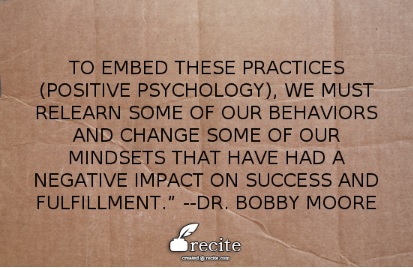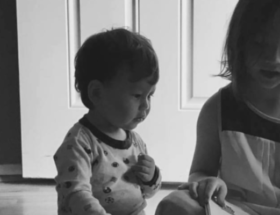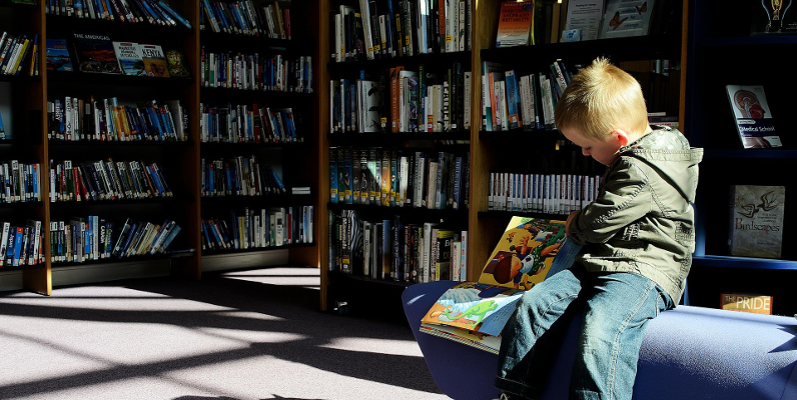So honored that Liesl James is sharing her wisdom about behavior here today for That Thing You Do! I’ve known Liesl for several years and now work on the same campus where she is the assistant principal. It’s an amazing thing to work with a campus leader that you are continually learning from each day. I realize what a gift that is and am so honored that Liesl is showcased here today.
Behavior…a word that can alter the sense of belonging and connectedness a child experiences.
Behavior…a word that can make parents feel inadequate or ashamed of their child’s actions.
Behavior…a word that can (at times) leave educators feeling isolated and alone.
Behavior…a word defined as the way in which one acts or conducts oneself, especially toward others.
How has this one word wielded its power so greatly in our schools?
There was a time early on in my administrative career where I dreaded behavior. Simply put, I was unsure of myself when it came to addressing student behavior, assisting teachers with replacing unwanted behaviors and communicating with parents about the behavior. Through the continued support of fellow professionals and intentional work to “get better” at behavior, I find myself redefining each day what behavior means in our school.

Behavior RtI
On our campus we subscribe fully to Response to Intervention, not only for academics, but also for behavior. Using the idea that at times students need direct assistance for learning academic skills, we follow the same philosophy that at times, students need direct assistance in learning behavior skills. Like the RtI model, we support our students with Tier I supports in the form of positive classroom behavior management systems, CHAMPS (Safe and Civil Schools) and Conscious Discipline (Dr. Becky Bailey). Teachers are encouraged to develop rewards and incentive programs within the classroom first, and they operate from the perspective that relationships matter and attitudes toward our students start with the belief that no student wakes up in the morning intending to have a bad day.
For about 80% of our students, the classroom system manages behavior and supports the student. As we know, however, there are the 10-15% of the students who need additional assistance. These are the students who are somewhat unpredictable. They change their moods. They might struggle with academic concepts. They might have unidentified needs. When a student has been referred to the office twice, or if a teacher wants additional support with a student, we meet together in Behavior RtI meetings. During this time, the teacher(s) and I work together to identify the root cause of the behavior, patterns we have seen or noted, outside influences (changes at home) and additional classroom supports the teacher has afforded the student. From there we develop an action plan for the student. Supports for the student might include a daily check-in with an adult, setting a behavior goal for the day, incentive charts, etc. I’m sure many of you have tried these same behavior supports with students. (Side note – There is a wonderful website www.pbisworld.com that offers Tier I-Tier III behavior strategies for students).
Modifying Schedules
A strategy that has been met with behavioral success on our campus is the modified schedule. For the majority of our students who have Tier II behavioral needs, we have found that task avoidance in its many forms (getting started, remaining on task, working appropriately with peers on the task) is the root cause. Enter the modified schedule.
With a modified schedule, students have time in the classroom, but may work in another location. Students with additional behavioral needs oftentimes demonstrate task avoidance because the work is overwhelming, or the noise in the classroom is as well. With 22-25 students in a classroom, a teacher is not always able to devote the needed attention to the student with these high demands. Having an alternative location for students to complete work, with adult support and maybe a small snack/water break has proven time and time again to be successful.
This predictable, routinized time in the student’s day is given without pretense (meaning the student does not have to earn it), and is seen as its own entity. Work time may be anywhere from 20-45 minutes and most often will allow students earned choice time for task completed. If a student with a 30-minute time period comes in for his/her work time, and completes his/her assignment in 20 minutes, the student may earn 10 minutes of choice time. Choices may include: reading, play-doh, drawing, writing on the white board with dry erase markers, legos, etc.
The amount of earned time is dependent on the student. This idea of “first,” “then,” or “when you,” “then you,” is a successful behavioral strategy for students in both general and special education. Students who demonstrate problems completing their tasks during this time do not earn their choice time, BUT are NOT further penalized in the classroom as well. We have found, that most students will complete the assignment or task because the reward of choice time is important and motivating to them. Some students on our campus may have this work/break time anywhere from 1-4 times a day.
The modified schedule has allowed us to communicate behavioral concerns with parents in more positive ways. We know that our parents do everything they know how to do to support their child. With that said, we do our best to follow the “8-3” philosophy. This means we try to handle everything that happens to the student from 8:00-3:00. When we see that our discipline data supports the need for a modified schedule, as campus administrator, I contact the parent to propose the idea and garner support. It is the same idea that when our students struggle academically, we call a conference to discuss what we are going to do moving forward to help the student be successful. Because it is a positive behavior support and not punitive, parents are always willing to give the strategy a try, and in most cases, the behavior calls home to parents cease, making for happier parents and students.
Discipline data and referrals on our campus show the strategy of the modified schedule is working. For our younger learners who can sometimes be the most unpredictable with behavior, we have found great success. On our campus, teachers too have expressed their appreciation for the use of the modified schedule. Our campus principal and I believe that discipline must be a win-win for both teacher and student.
Administrative Support for Teachers
You can positively support students and try different things, but there has to be a point in the behavioral system where the teacher knows a limit has been set and will be supported from campus administration. Because teachers are a part of the communication and process from the beginning, we find our teachers to be open and willing to enter into crucial conversations about behavior. I find more teachers trying additional positive behavioral supports for their students in the classroom, and I have discovered teachers transferring these ideas and strategies to other students without us needing to meet, discuss and propose some ideas. Teachers on our campus feel empowered to take control of behavior, just as they masterfully do with student academics. In using the modified schedule, we are able to support teachers with data about their students’ needs, motivational ideas, etc. We have found that as the school year progresses, students who need four breaks in the day may lessen this two, one or even none. If a student demonstrates the need for additional behavioral or academic support, data gleaned from our behavioral RtI systems can be used.
A recent issue of Instructional Leader published by Texas Elementary Principals and Supervisors Association (TEPSA), Dr. Bobby Moore explores “the happiness advantage for schools.” He writes, “…To embed these practices (positive psychology), we must relearn some of our behaviors and change some of our mindsets that have had a negative impact on success and fulfillment.”
On our campus, we believe behavior must be readdressed and redefined to allow for the continued success of all students and teachers.










